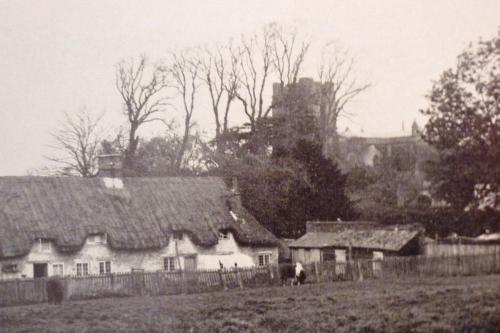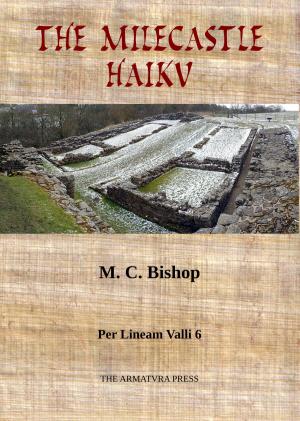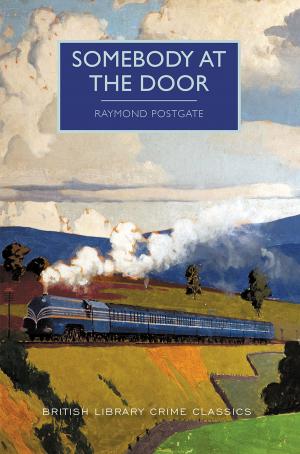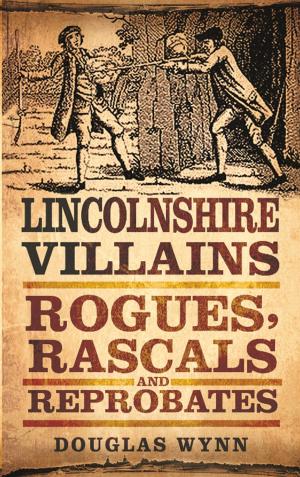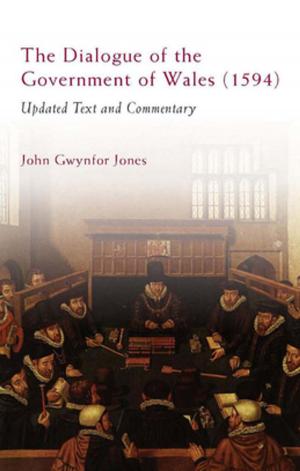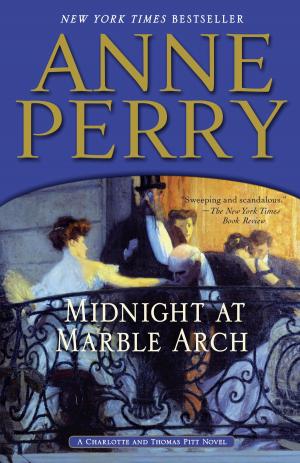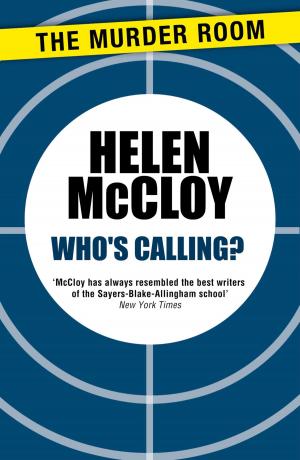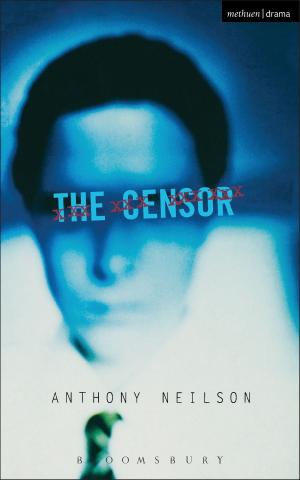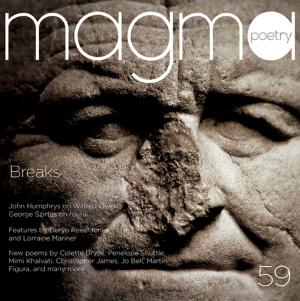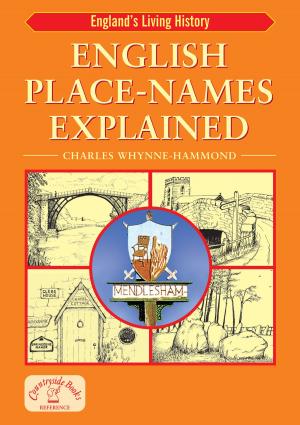| Author: | Terry Trainor | ISBN: | 9781476220383 |
| Publisher: | Terry Trainor | Publication: | May 8, 2012 |
| Imprint: | Smashwords Edition | Language: | English |
| Author: | Terry Trainor |
| ISBN: | 9781476220383 |
| Publisher: | Terry Trainor |
| Publication: | May 8, 2012 |
| Imprint: | Smashwords Edition |
| Language: | English |
Neale's development at Seven Dials arose from his connections at Court and his services to the Crown. In return for raising large sums of money through the Venetian Lottery, William III granted Neale freehold of the land knows as 'Marshland' or 'Cock and Pye Fields' (named after a public house on the site) in 1690. However, he had to purchase the remainder of the lease, which expired in 1731, for £4000, and continue to pay ground rents of £800 per annum for buildings on the land. These were very substantial financial commitments and Neale's problem was how to lay out a development which would show a profit. His solution was imaginative, financially ingenious, and still stands today in the unique street layout of Seven Dials. By adopting a star shaped plan with six radiating streets (subsequently seven were laid out), he dramatically increased the number of houses (and thus frontages) which could be built on the site. Plans showing no less that 311 houses and an estate church were submitted. In 1692 to Sir Christopher Wren, Surveyor-General applied for a building license. At that time rental values were based on the frontage, and not on the square footage.
Neale's development at Seven Dials arose from his connections at Court and his services to the Crown. In return for raising large sums of money through the Venetian Lottery, William III granted Neale freehold of the land knows as 'Marshland' or 'Cock and Pye Fields' (named after a public house on the site) in 1690. However, he had to purchase the remainder of the lease, which expired in 1731, for £4000, and continue to pay ground rents of £800 per annum for buildings on the land. These were very substantial financial commitments and Neale's problem was how to lay out a development which would show a profit. His solution was imaginative, financially ingenious, and still stands today in the unique street layout of Seven Dials. By adopting a star shaped plan with six radiating streets (subsequently seven were laid out), he dramatically increased the number of houses (and thus frontages) which could be built on the site. Plans showing no less that 311 houses and an estate church were submitted. In 1692 to Sir Christopher Wren, Surveyor-General applied for a building license. At that time rental values were based on the frontage, and not on the square footage.
